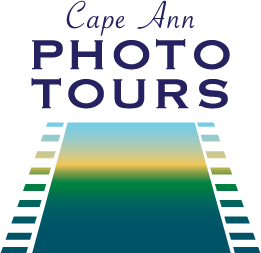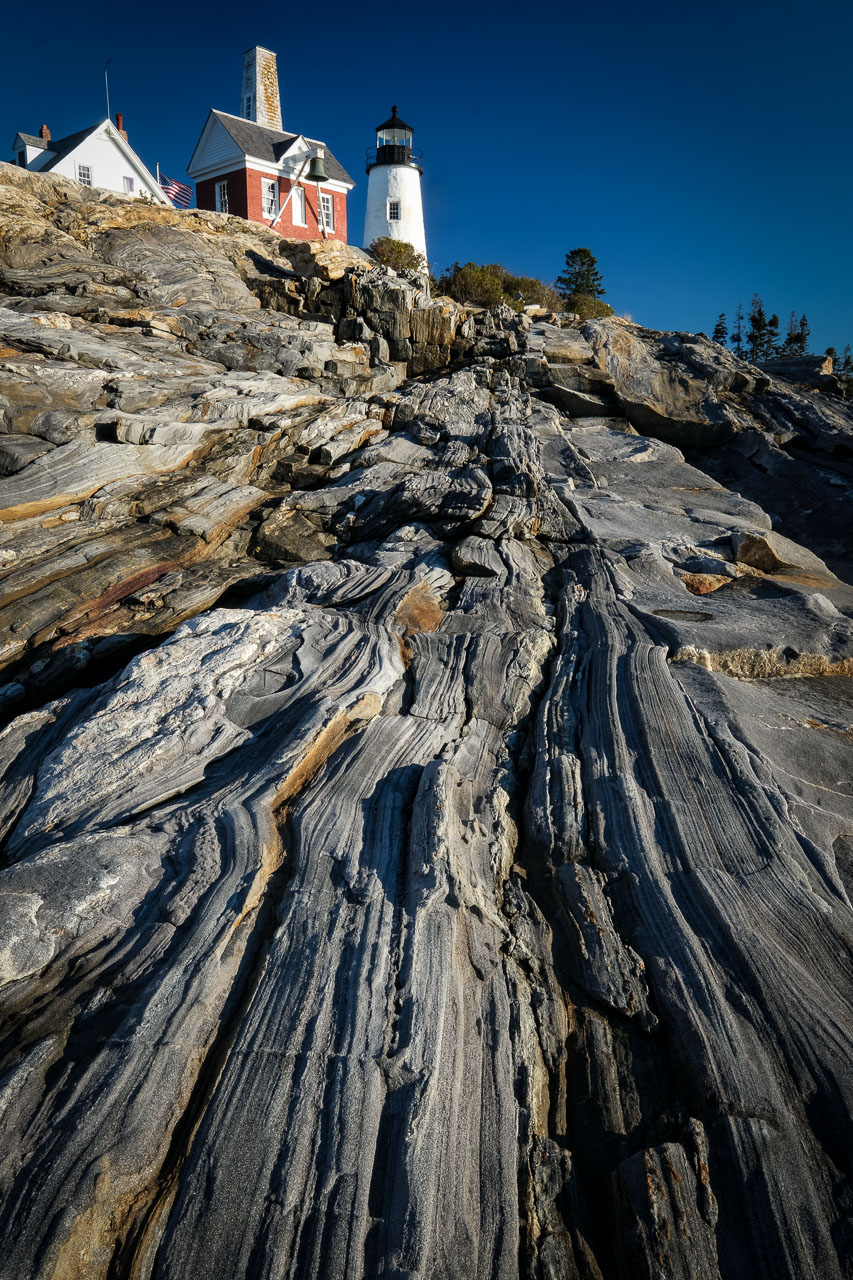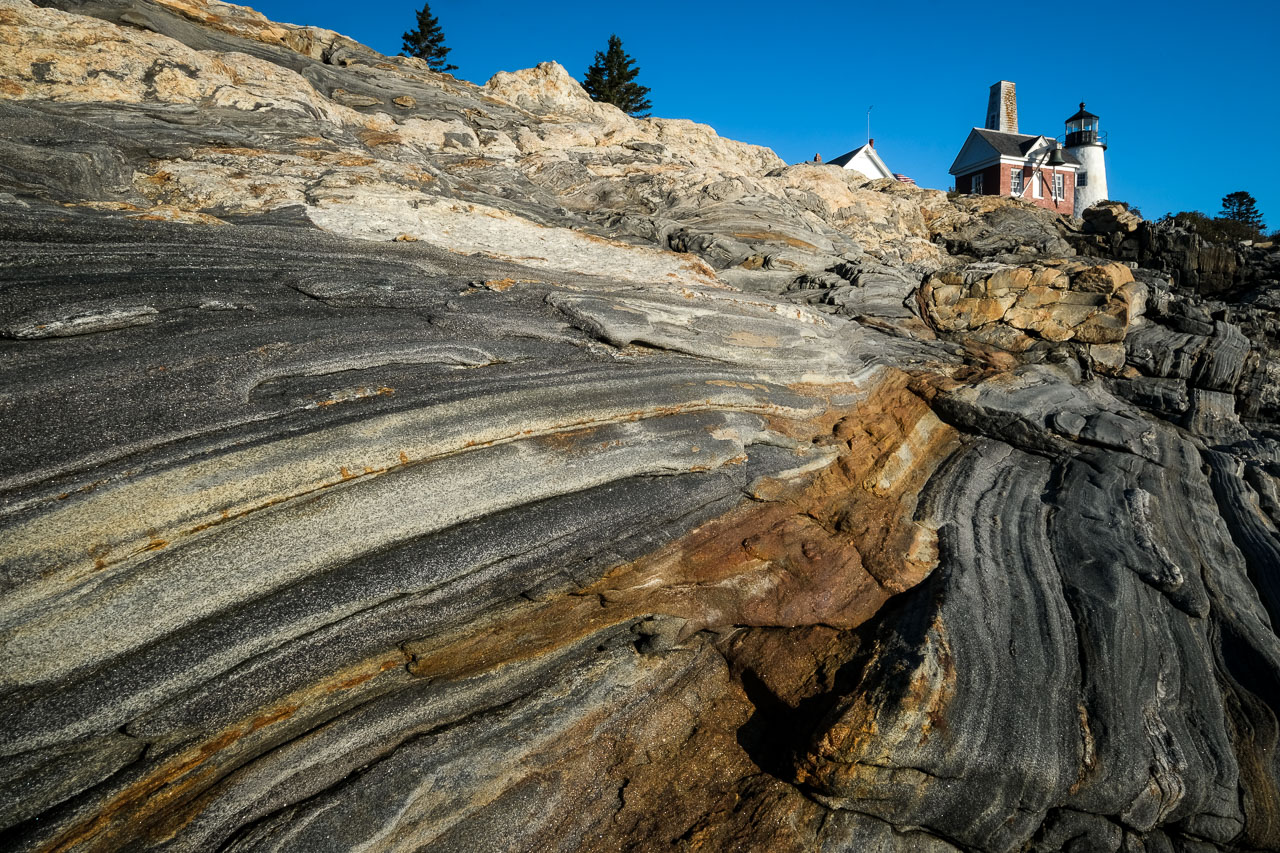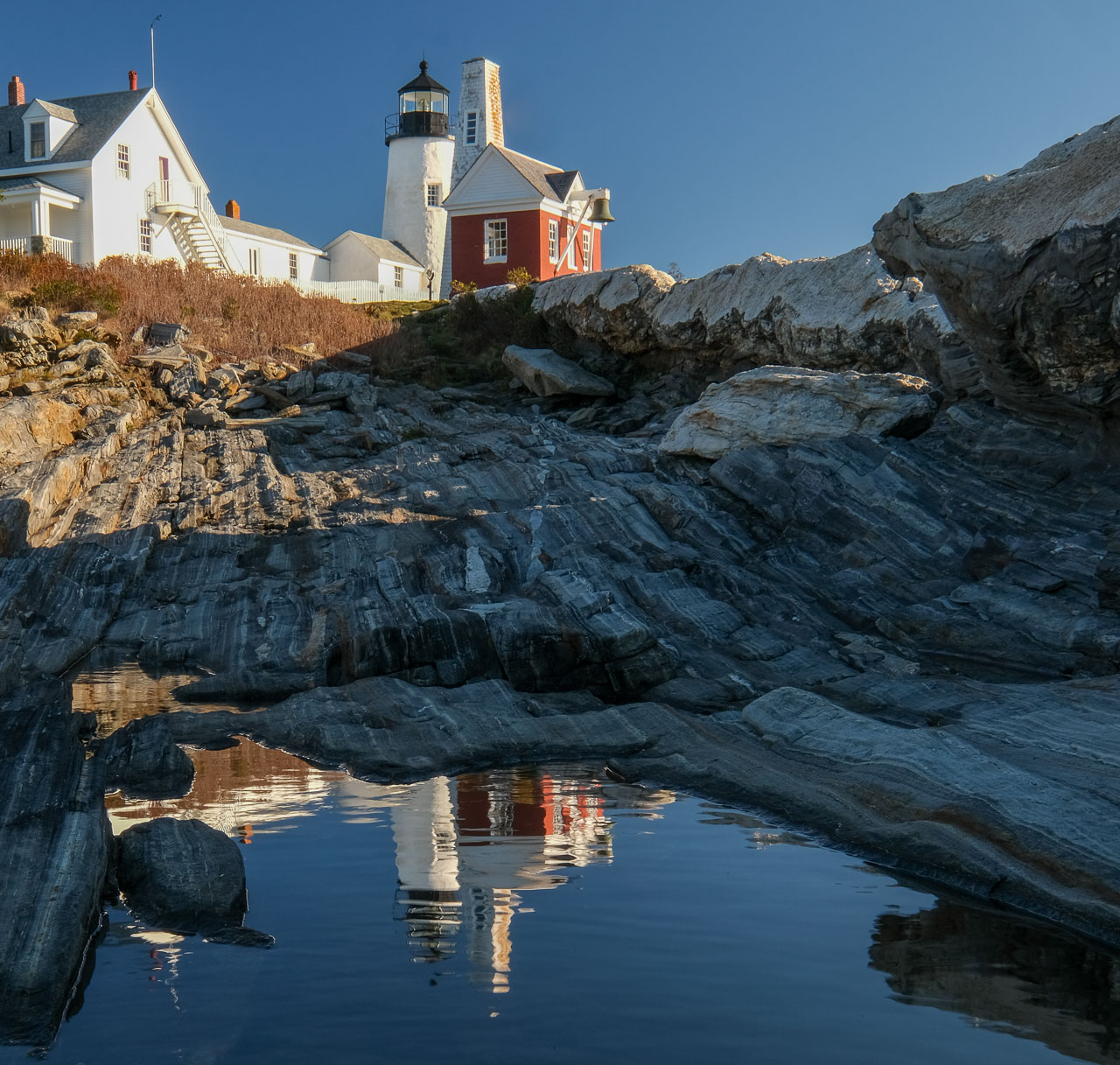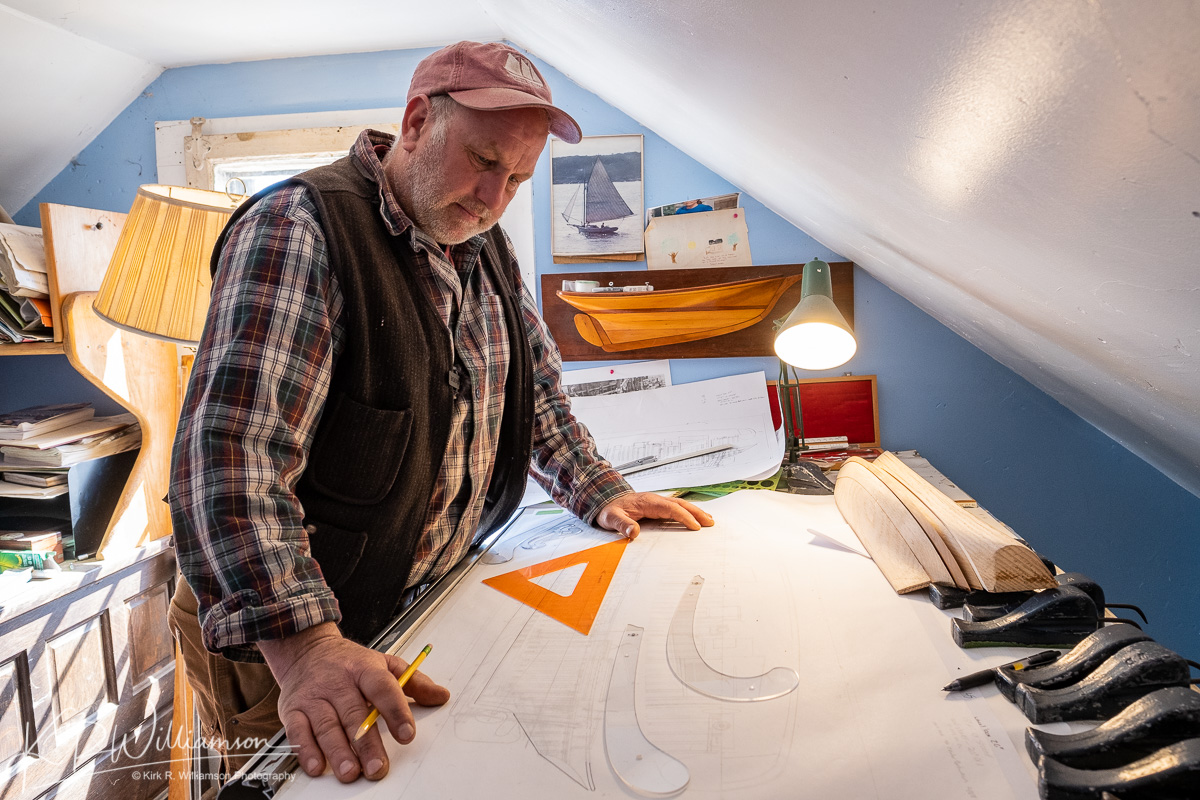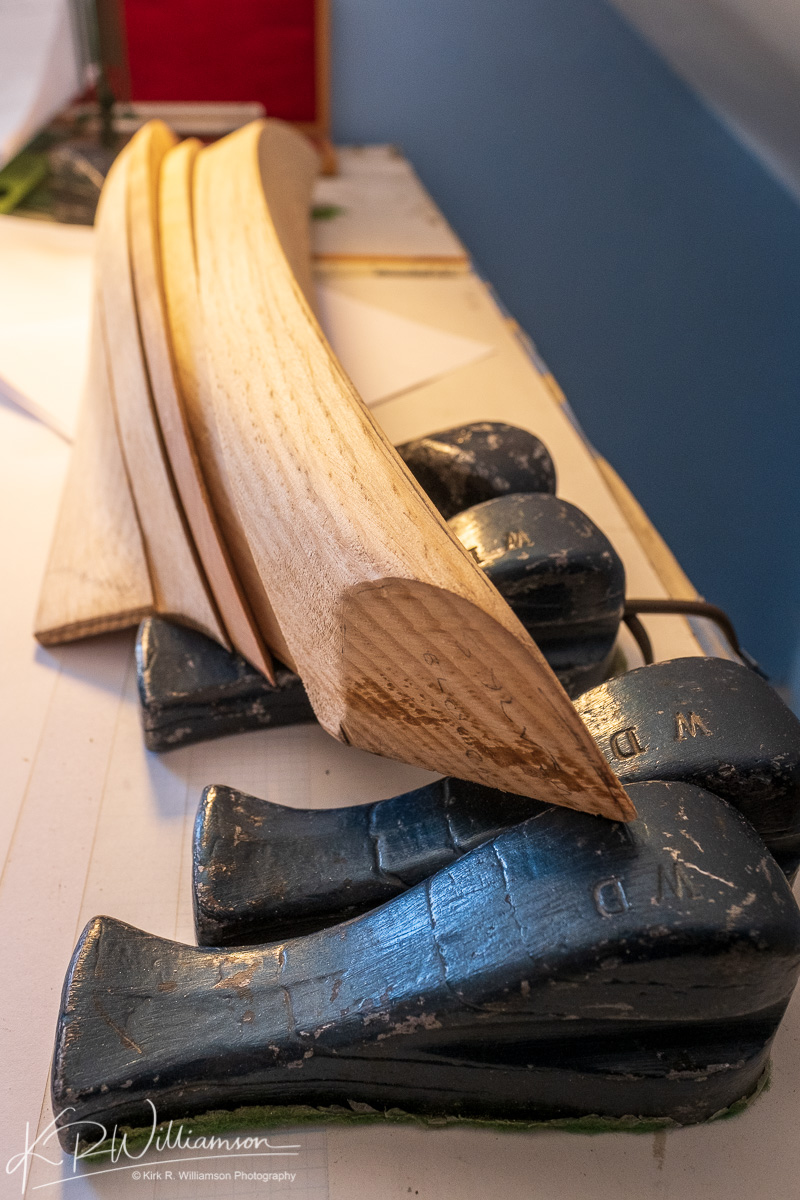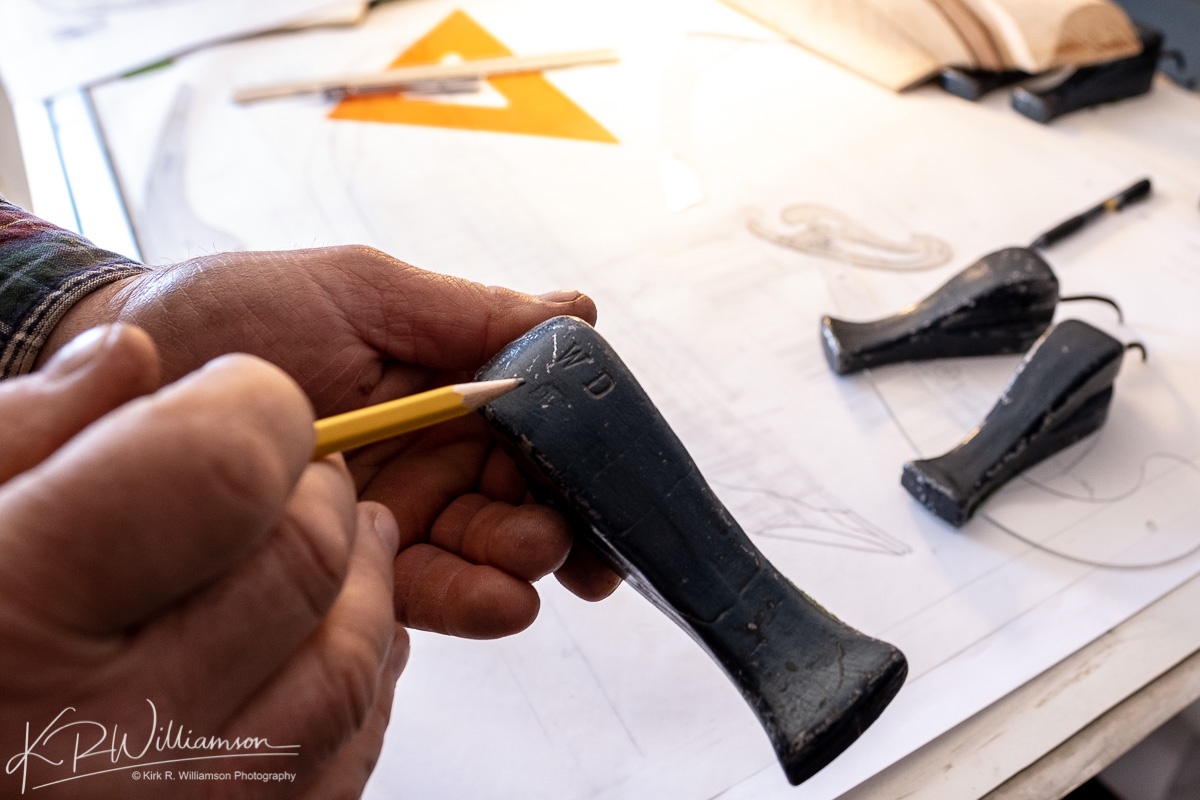Maine is such a huge state it’s almost impossible to see every part of it. One place I have never visited is the Bailey Island lobster shack. This island is located south of Brunswick and Harpswell and is a quintessential coastal Maine location. The main resource is lobstering and it is in evidence everywhere. A friend showed me a photograph of a lobster shack that sits out on a rocky point in Mackerel Cove on Bailey Island. I knew right away I had to photograph it. This proved to be a little more difficult than initially thought. It was low tide and the access was very tricky. From the road I had to climb over a guard rail and down a steep embankment to get onto the tidal plain. But it was worth it. The sun was in and out and I had to wait for the right light before making the photograph below.
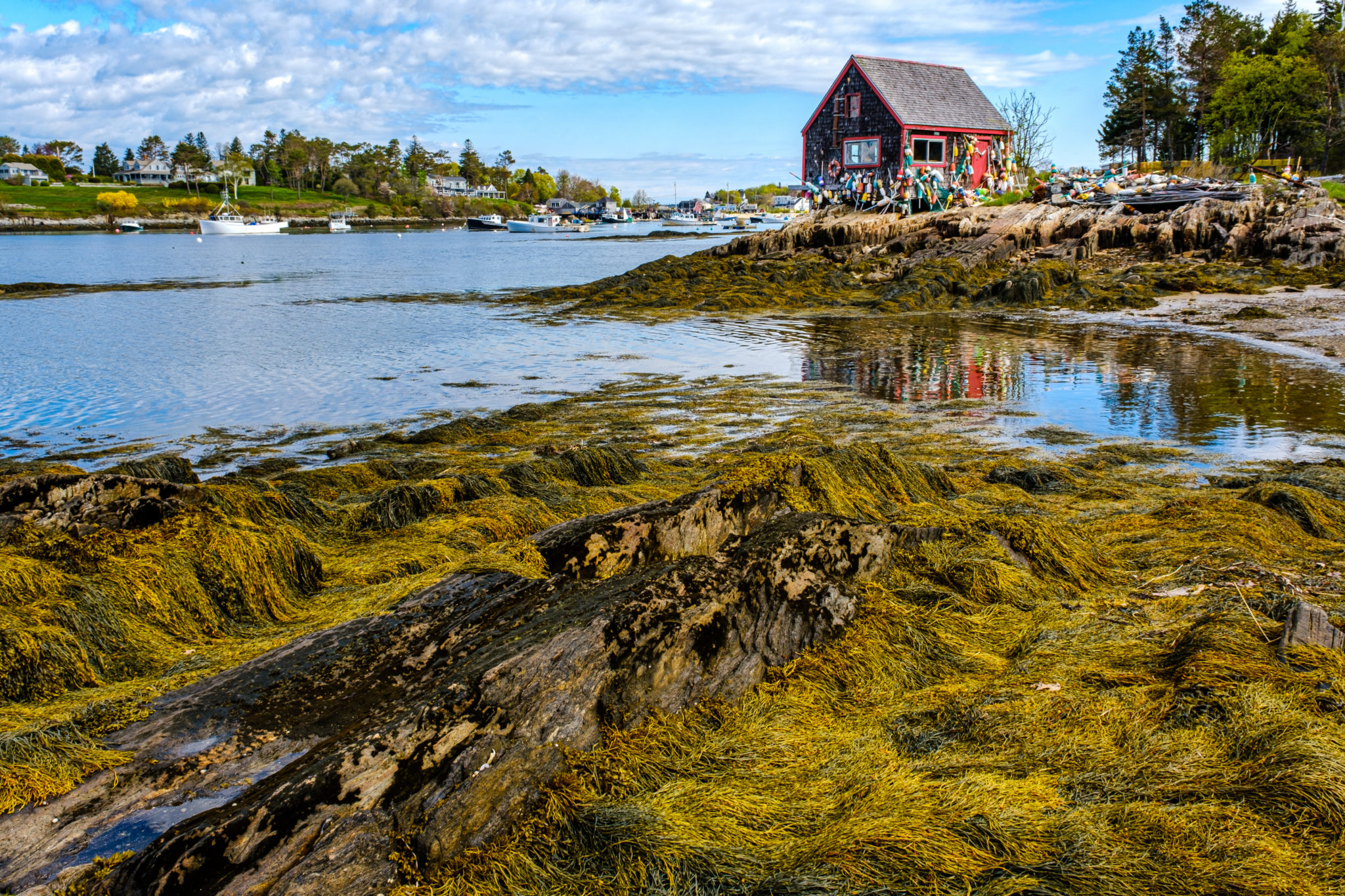
Luckily the rocks and seaweed added a foreground element leading up to the shack. The calm water added just the right element, a mirror like reflection! I now have several wonderful images of this iconic lobster shack and can’t wait to bring our tour group up here in June. There were many other fabulous images around Mackerel Cove. One of them was this derelict lobster boat which was pulled up on the beach at the head of the cove with the name “Full Throttle” which was appropriate for an abandoned boat.
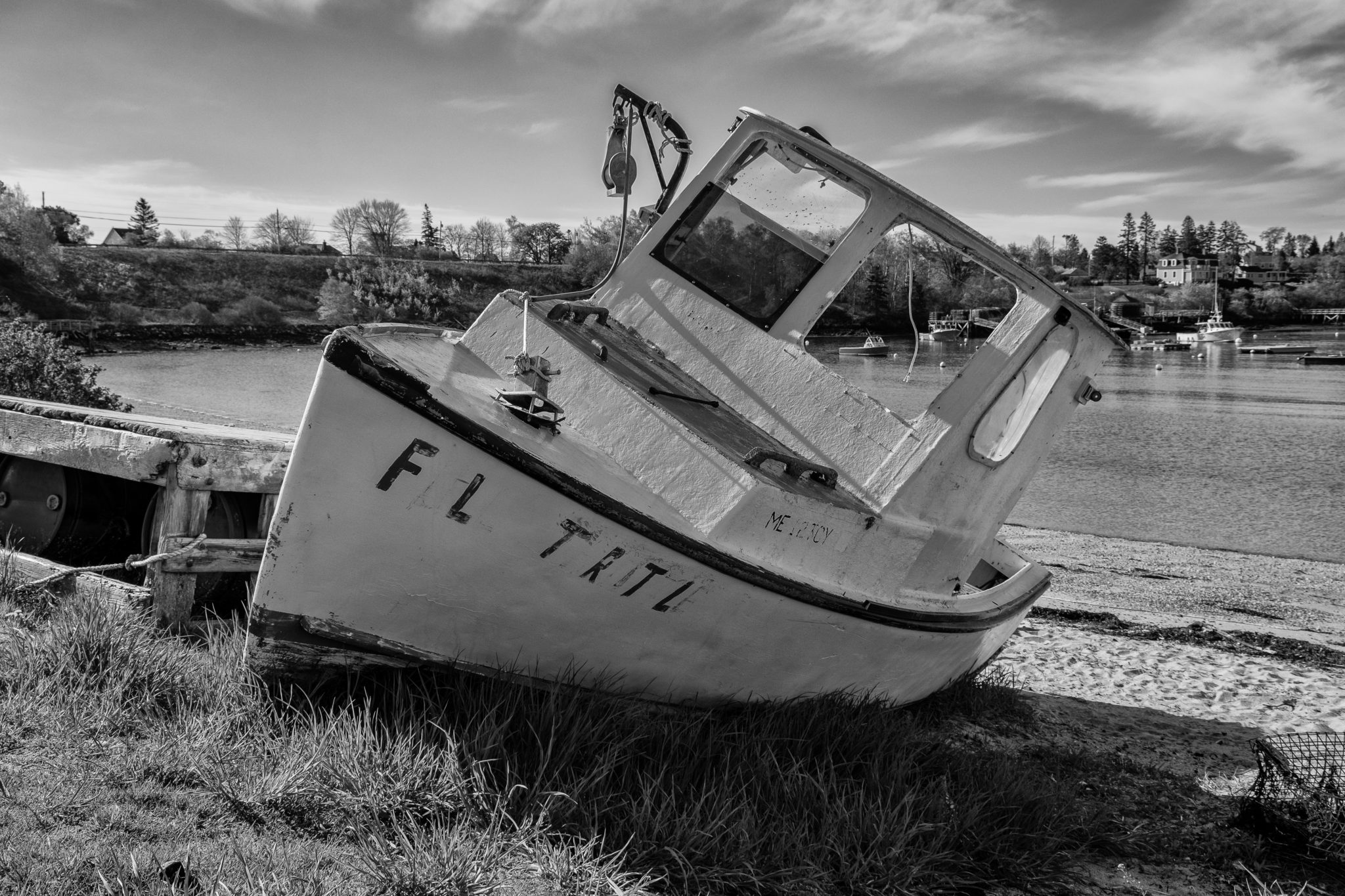
Cape Ann Photo Tours will be leading another group up to Mid Coast Maine in September so be sure to click the link and check it out. This tour takes in Boothbay to Camden which is a pretty large area. If we have time we might even make it down to Bailey’s Island. My co-leader for this tour is Jim Scouletis a well know photographer here in Massachsetts check out his website here.
